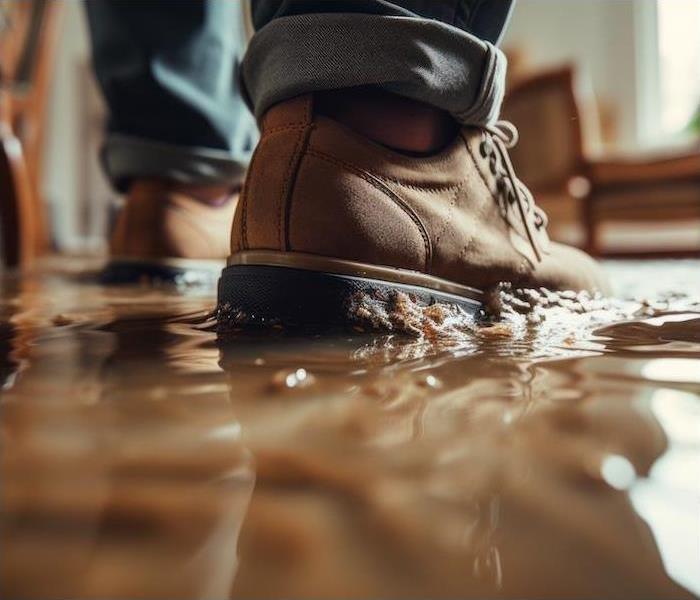Flood Prevention: The Basics | SERVPRO of Harlingen/San Benito
4/1/2024 (Permalink)
 SERVPRO of Harlingen/San Benito is ready to help in a moments notice after spring showers leak in to your home or business.
SERVPRO of Harlingen/San Benito is ready to help in a moments notice after spring showers leak in to your home or business.
Keep it simple. Mastering the basics is the best way to get something done the correct way—which can be a helpful thing to remember the next time you have to help your children learn any kind of math.
Getting back to the basics can be a helpful way to protect your home from natural disasters, too. There might not be any way to fully control Mother Nature, but the more prepared we are for everything she can bring our way, the less damage we will end up with.
Flooding is one of the top natural disasters that affects homes all around the nation. That makes being prepared for potential water damage crucial in protecting our homes.
Flooding is such a big issue because it can happen in so many different ways, and not all of them come from nature. Internal, manmade disasters (like appliance failures) can be destructive, but they are often easier to control than external floods. With our community so close to the Gulf of Mexico, all of our homes are vulnerable to coastal flooding, storm surge and flash flooding.
One of the best steps you can take is getting to know where the area’s flood zones are. This can help you understand the exact threats your property faces and how much preparation you will need to do in order to be as safe as possible.
It is also a good idea to get to know exactly how wet your yard gets when it rains or water starts pushing inland. If you are in a low-lying area, adding drainage or increasing the length of your gutter downspouts in order to get as much water away from your house as possible.
Lots of trees in your yard can lead to blocked gutters and debris pileup on your roof. Gutter covers can be a helpful way to stay protected, but you will also want to inspect your roof at least twice a year and after big windstorms.
The more you can get to know the area around your home, the easier protecting your home will be. There are a few other steps you can take as well. Spend some time caring for your yard as your first line of defense against rising waters.
Create gentle sloping in your yard to allow water to flow away from your house. If there is a spot in your yard that stays wet or consistently washes out, consider adding a rain garden with deep-rooted plants that will pull water down into the soil. If they are not there already, put your gutter downspouts underground. That will keep them safe from damage during a flood, and it will direct rain water off of your property.
Inside, maintain the seals on your windows and doors. Replace caulking and weather seals as they wear out. If you have them, close your hurricane shutters and make sure they are in good shape. Have your basement resealed when visible gaps or cracks appear, and add a sump pump if you don’t already have one.
When it comes to preparing for a flood, keep it simple. Basic maintenance inside and out can go a long way in protecting your home. And it will be much easier than trying to remember the rules of algebra again.
Do you have water damage in your home? Contact us at SERVPRO® for fast recovery.






 24/7 Emergency Service
24/7 Emergency Service